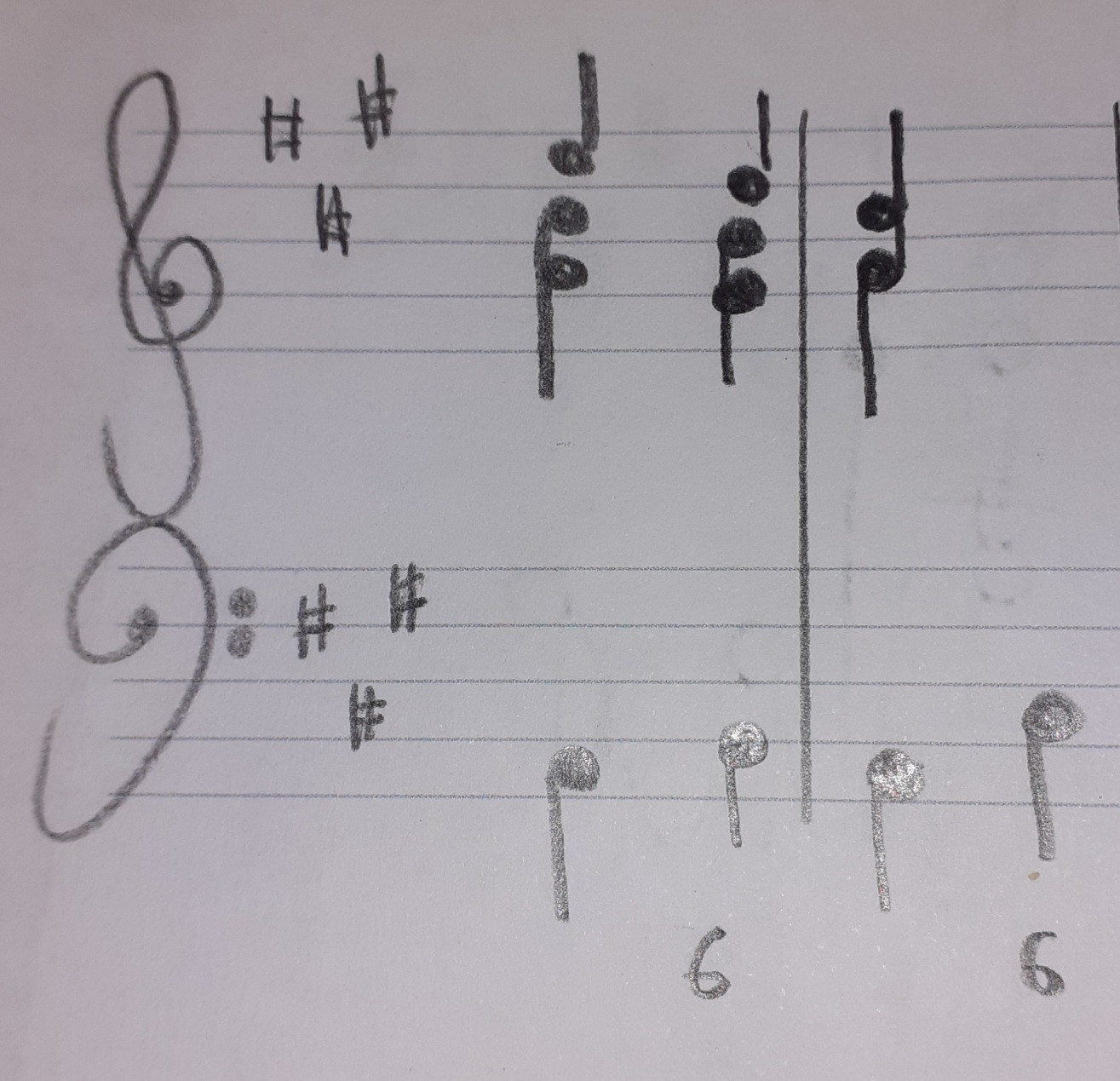May I ask you to cite where it says a diminished fifth must resolve properly? I ask because there will be moments later, with more advanced chords, that diminished fifths can't resolve properly. (One will be a vii°7/V, where resolving diminished fifths properly will result in a doubled leading tone, one of the worst of all voice-leading discretions!)
In my experience, a leading tone in an inner voice can always resolve down, no matter if it's part of a diminished fifth or not. As such, this tenor G♯ can resolve down to E no problems.
More problematic, however, are the parallel octaves going into the final chord: both the alto and the bass have B moving down to A.
Lastly, is this an exercise you were given, or one you composed? These vii°6 chords are very often passing chords that move from I to I6 or vice-versa. They do happen as neighbor chords (as you have here—note that the bass B is a neighbor to the surrounding As), but that seems to be a bit less common than moving up to I6. It's possible you're ears want to hear that passing progression, and that's why you're "not really happy with it."

